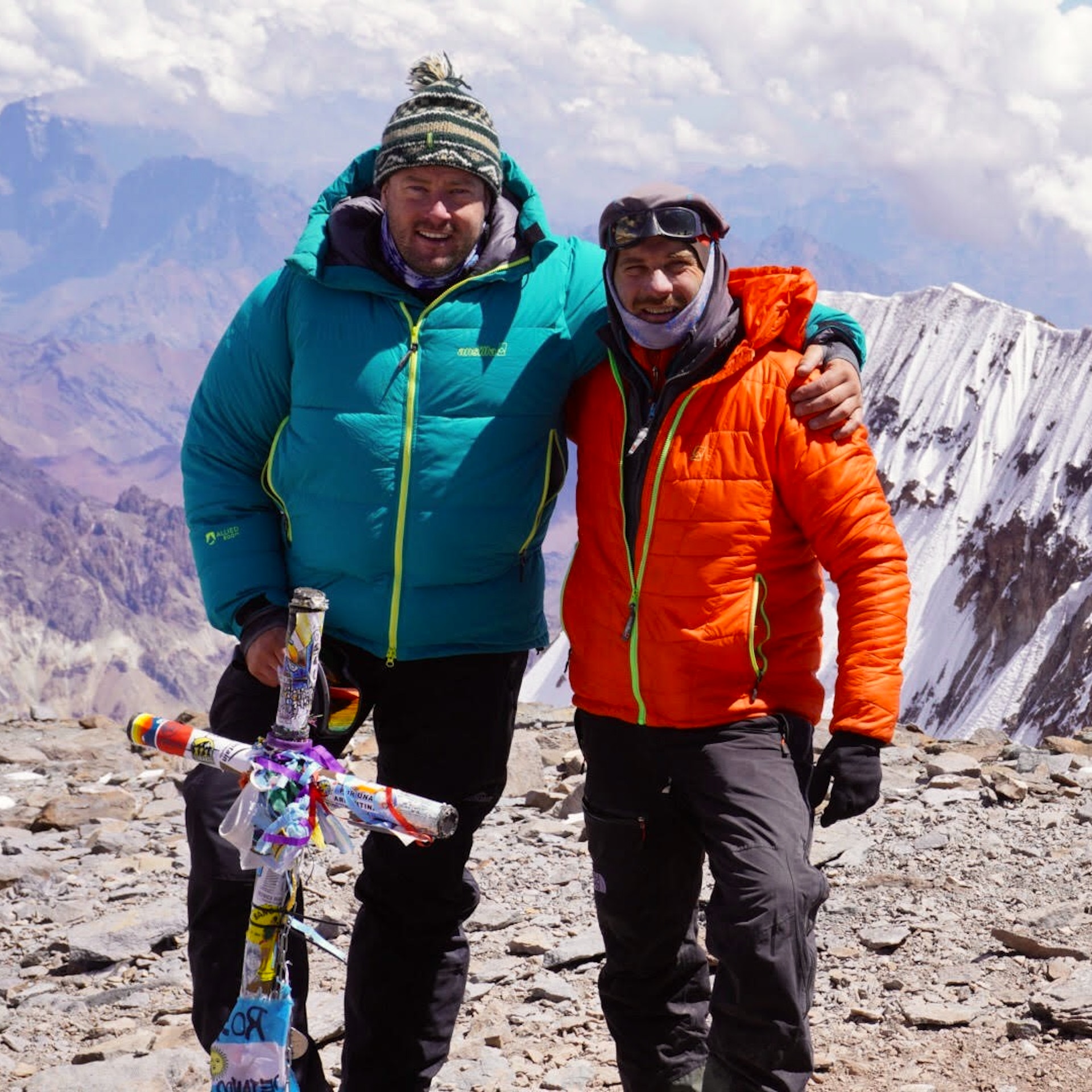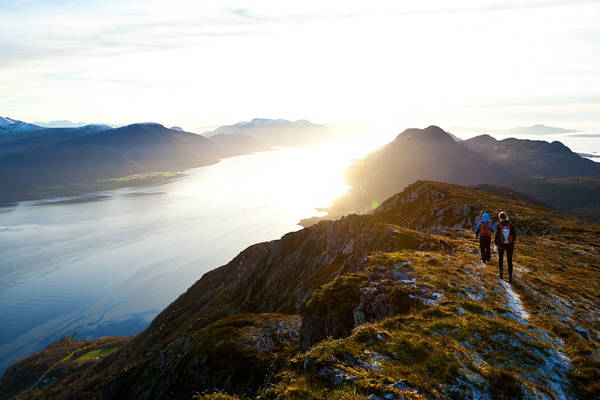People capable of running a marathon can fail to summit Aconcagua because they are overconfident. You will have to devote four to six months to training for as much as an hour-and-a-half four times a week.
Be consistent, which will require commitment. The effect will pay off many times over.
Sleep at least eight hours a night. At least half your workouts should be outdoors.
Here are 7 things we suggest to you implement in your Aconcagua Training Plan.

Join an Aconcagua Climb
Book with our recommended local guide
How To Train For Aconcagua
Develop endurance and stamina
To develop stamina, you can run, cycle, ski or fast walk. Do this as often as you can, with weekend or otherwise longer trips.
Conditioning by climbing and hiking is the best you can do, getting comfortable in mountainous terrain all day long. Do not push yourself so far that you injure yourself. Your routine should be varied to prevent injuries through overuse.
Get comfortable carrying weight
It can be effective to train on hills or stairs with a pack: you will be going uphill and then downhill for 13,000 feet each. Begin with a light pack and gradually increase the weight. Never run with a pack on. 2lb ankle weights will prepare you for the extra weight of hiking boots, but, again, you should not run when you do this.
Prepare yourself mentally
There will be times when your body lets you know that you are leaving your comfort zone. You could be confined to a tent on stormy days. Prepare you mind for hardships and tough times where giving up is a constant question.
Eat well
The impact of diet cannot be underestimated. Seek out a diet you can live with that develops your strength and stamina. This diet should be rich in carbohydrates.
There is, needless to say, a wealth of information online and in books and articles. You could even consult a professional nutritionist who has worked with athletes. Vitamin pills could ensure that your body receives the recommended amounts required of an increased exercise routine.
Strength training
Weight training is necessary to improve the anaerobic metabolism that feeds much of muscular work. Weights should be sufficiently light that you can concentrate on good form, completing two sets of each exercise for eight to 10 repetitions.
You will be glad you developed your back and shoulders when you carry your pack or use trekking poles. Your calves, glutes, hamstrings, hips and quads will all be exercised when you ascend or descend steep, hard-packed snow and ice slopes.
If you are to complete training, you shouldn't mind doing another workout tomorrow. Your exercises need to be fun and the places you go must be new. Be creative. Working out with friends is more enjoyable and will keep you supplied with encouragement.
Water
Consume a lot of water, not only because your body needs it but to get used to hydrating. On Aconcagua, you will be drinking at least four quarts a day. Dehydration is often implicated in adverse altitude effects. You will know things are going well if your urine is clear and copious.
Other specific skills
Depending on which Aconcagua route you are taking you may need to develop specific skills, such as ice axe arrest, using crampons and rope team travel. These can be learned whilst climbing and training on smaller snow-covered mountains in your home country. If you don’t have any mountains that allow for adequate training we recommend visiting a country that does and taking a winter mountaineering course to develop your skills.
Other Aconcagua articles:
- Aconcagua normal route
- Polish glacier route on Aconcagua
- Polish traverse route on Aconcagua
- How much does it cost to climb Aconcagua
- Aconcagua permits
Tags: Aconcagua training, Aconcagua training plan, Aconcagua training schedule, Aconcagua training programme, training Aconcagua climb


I’m interested in climbing Aconcagua, pref the easier route, iv climbed Kilimanjaro twice , and to be honest a had a lot more in the tank , I love hard climbs but I’m very uncomfortable with technical climbs for eg the barranco wall on kili was ok but made me twitch lol ,in your opinion would acconcagua be suitable for me many thanks Paul
Hi Paul, the Normal route on Aconcagua is not technical, but it is still a very significant challenge. Unlike Kilimanjaro’s Barranco Wall, there is no real scramble on Aconcagua’s Normal route, but there are relatively steep slopes that depending on the weather can be covered with snow and ice. This sometimes means one has to be comfortable using crampons, ice axes and potentially clipping into a fixed rope. I would highly recommend doing a basic winter mountaineering course to learn these skills and get comfortable with slope environments. In my opinion, I think Aconcagua would be fine for you, but I would caution you to make sure that you are properly prepared. It is a significantly more challenging mountain than Kilimanjaro. It is a lot higher and a lot colder. You will also need to be comfortable carrying much heavier loads as porterage is not like on Kilimanjaro. Hope this helps!